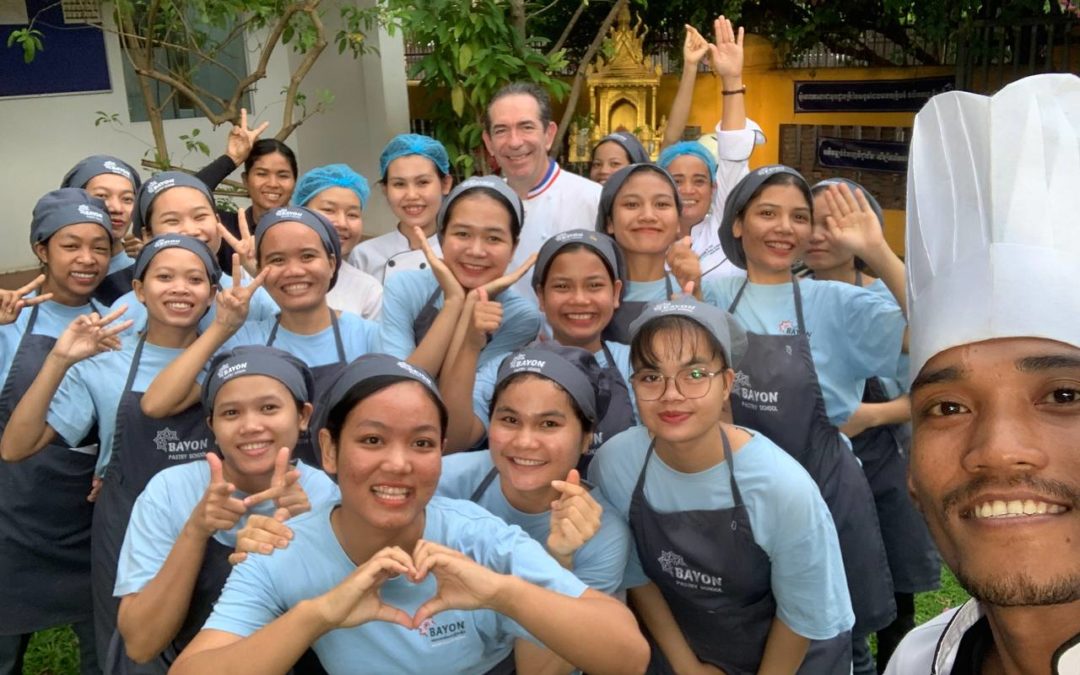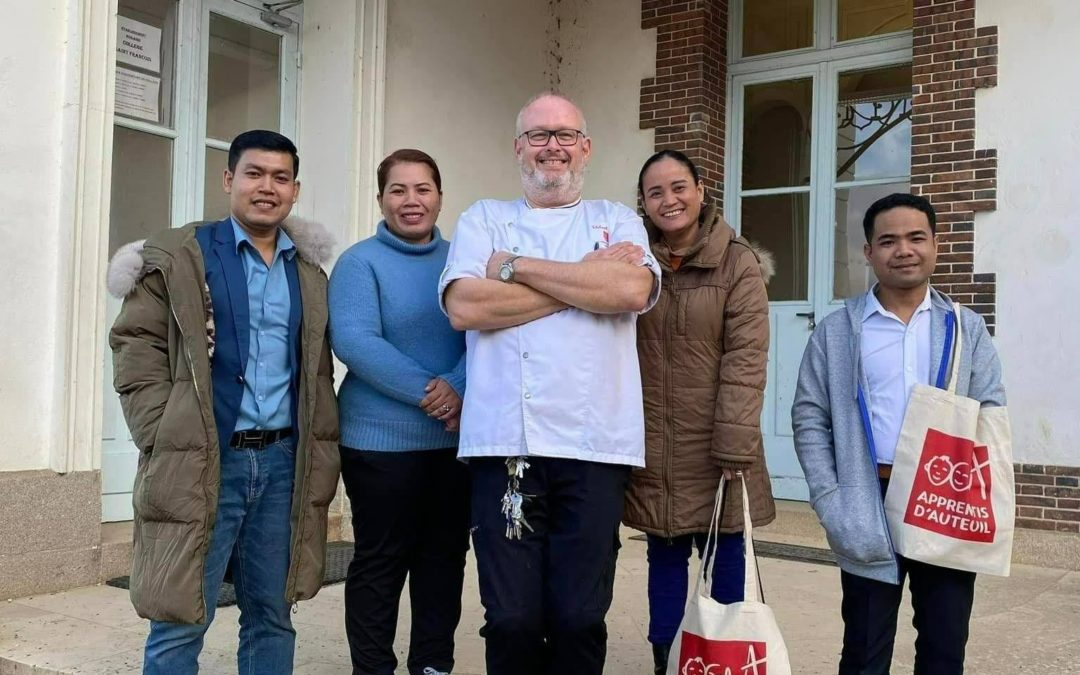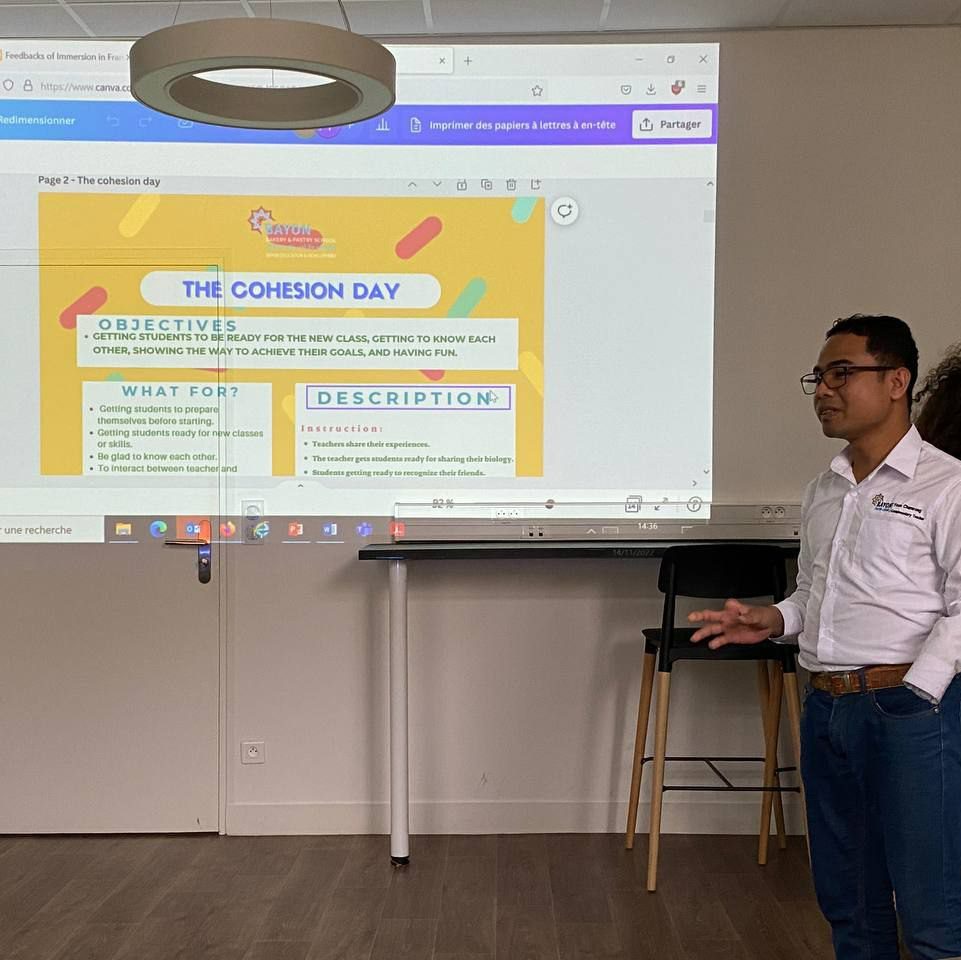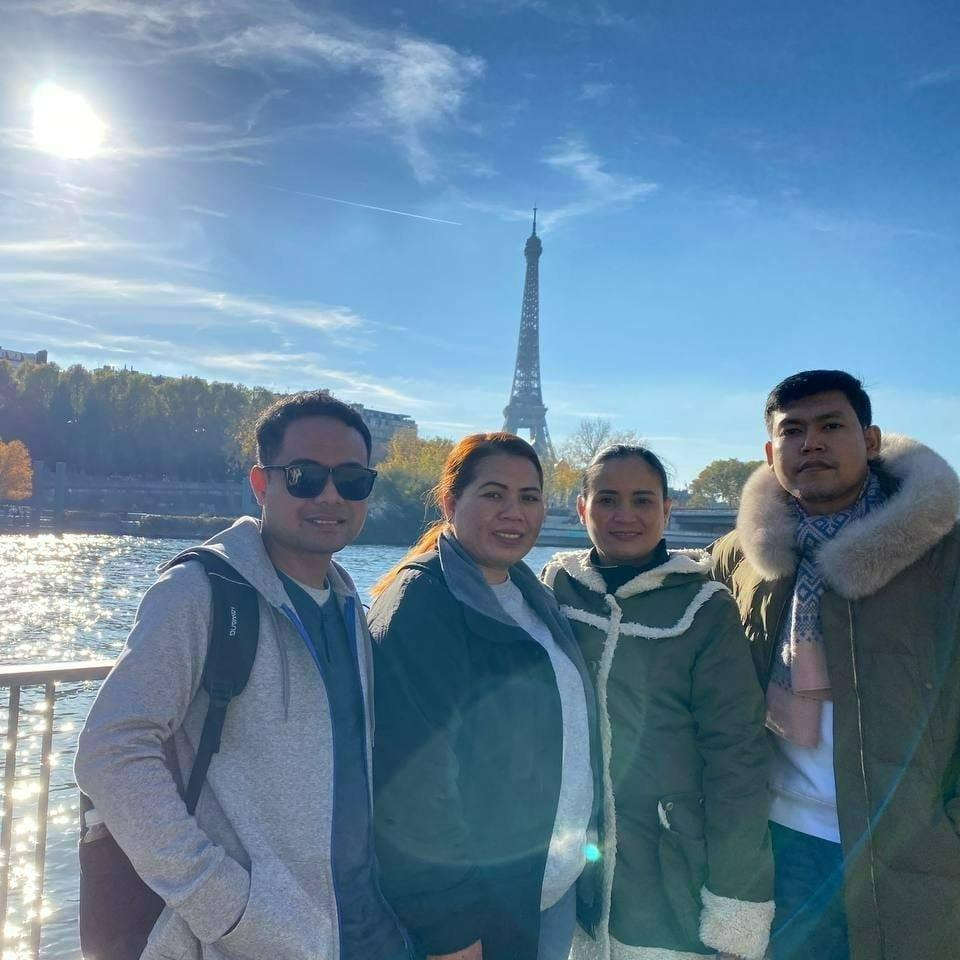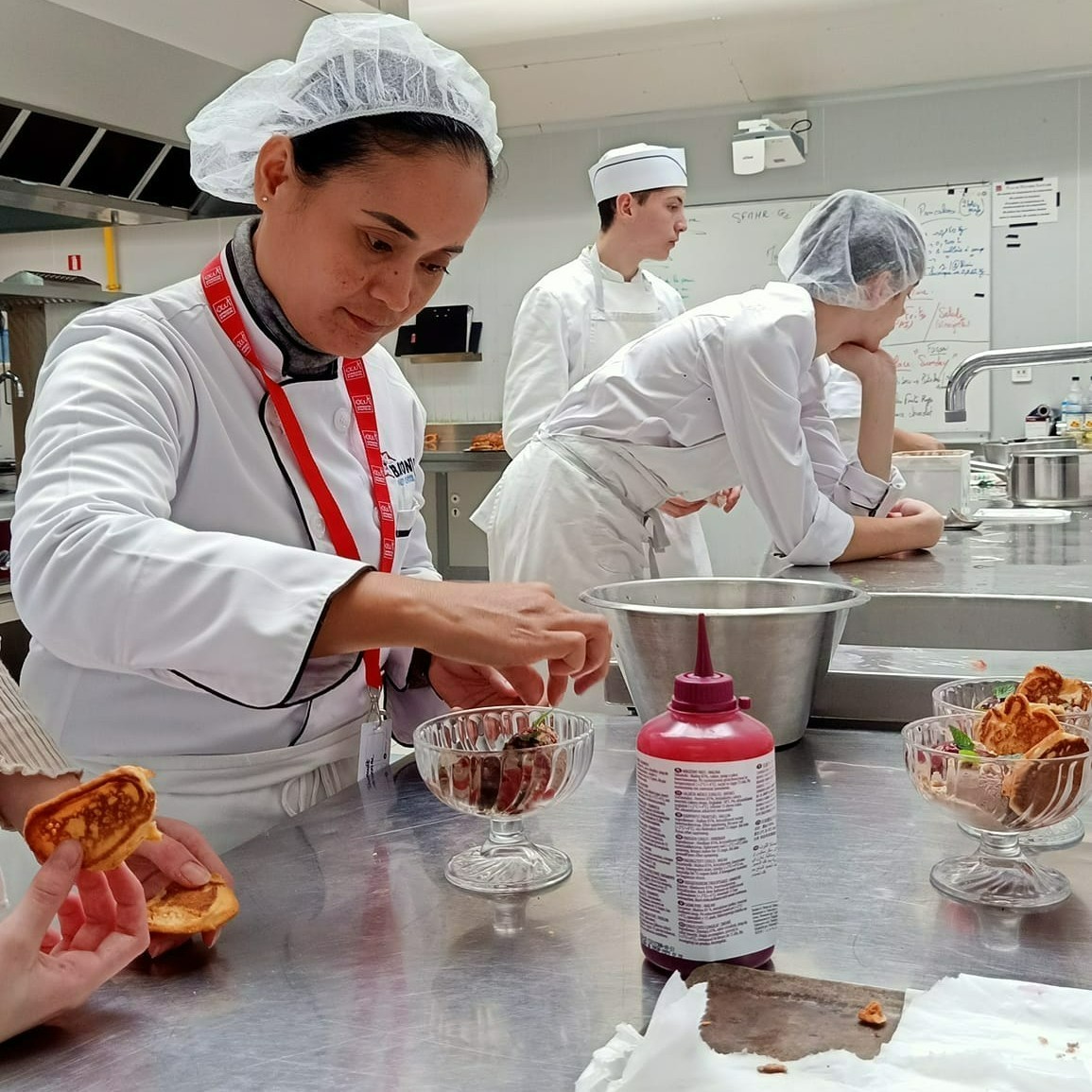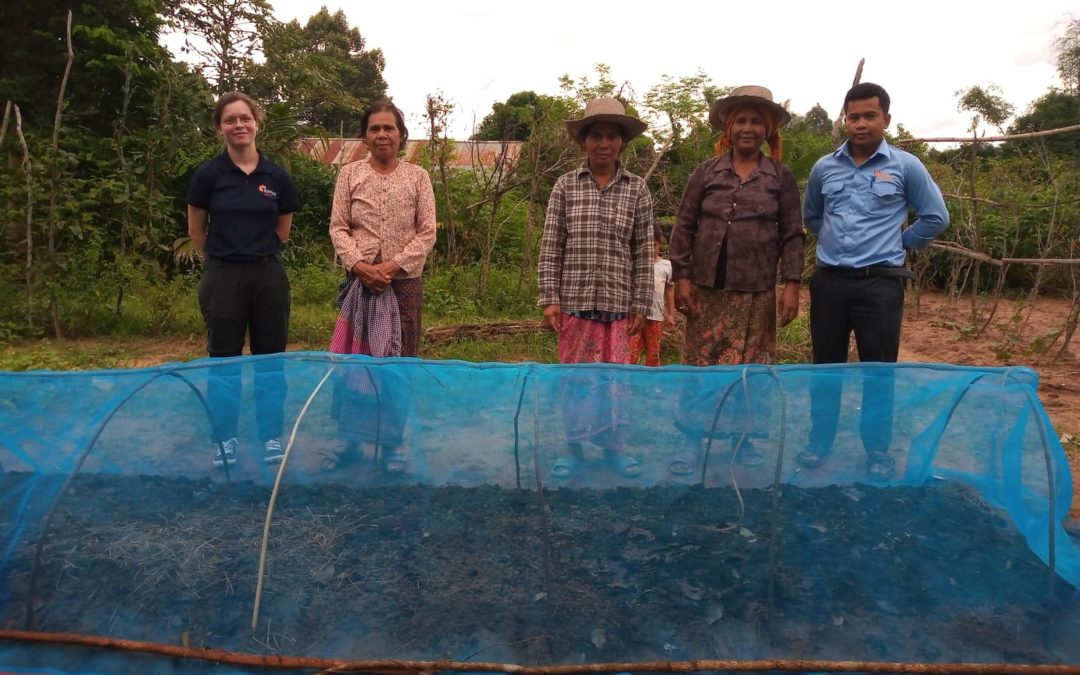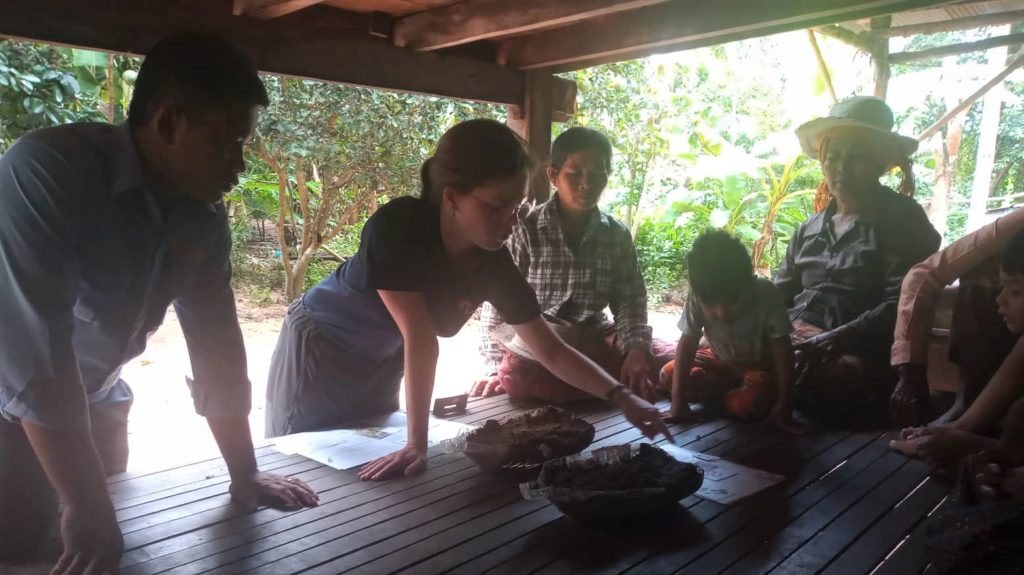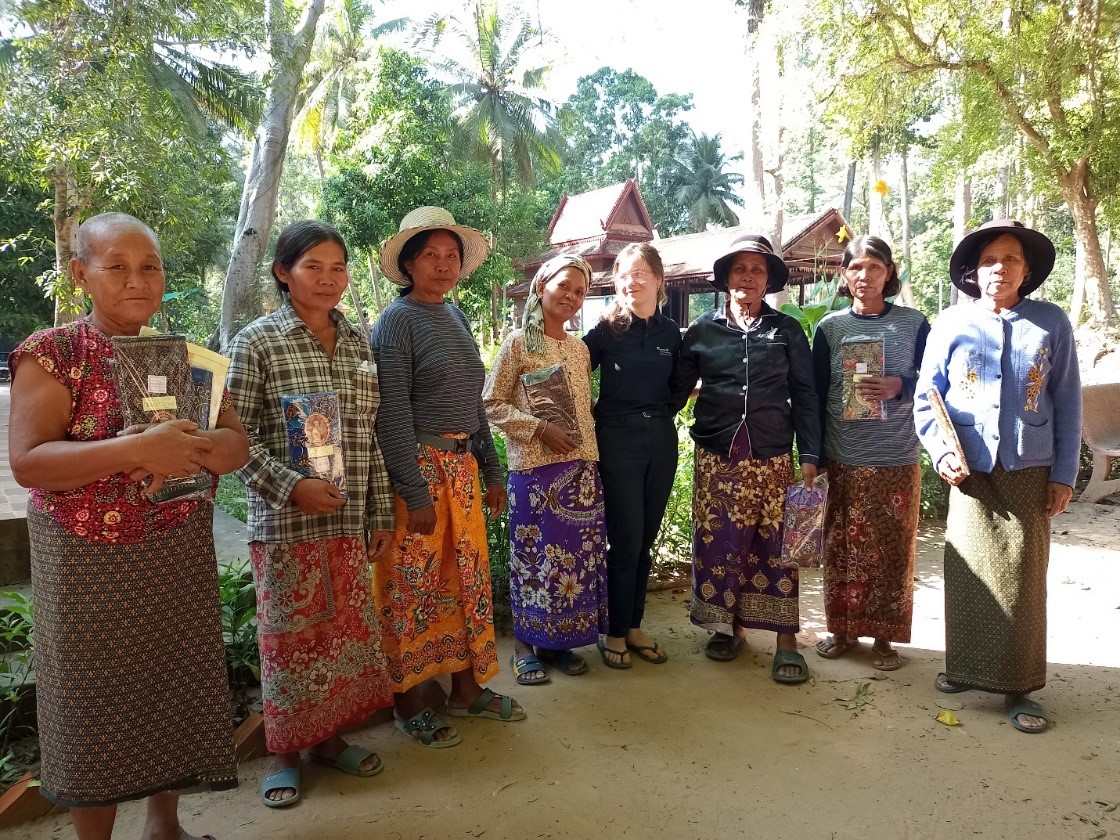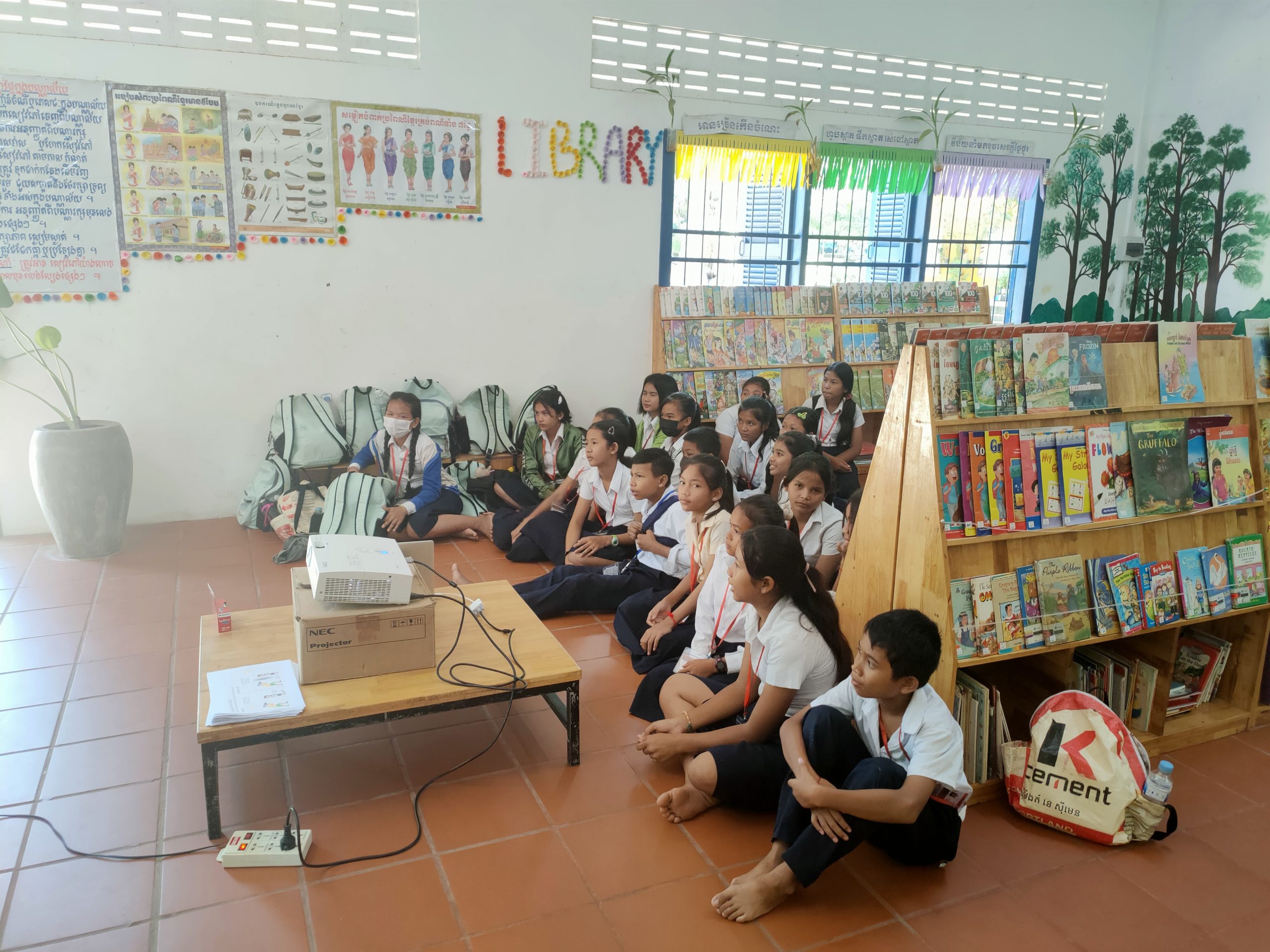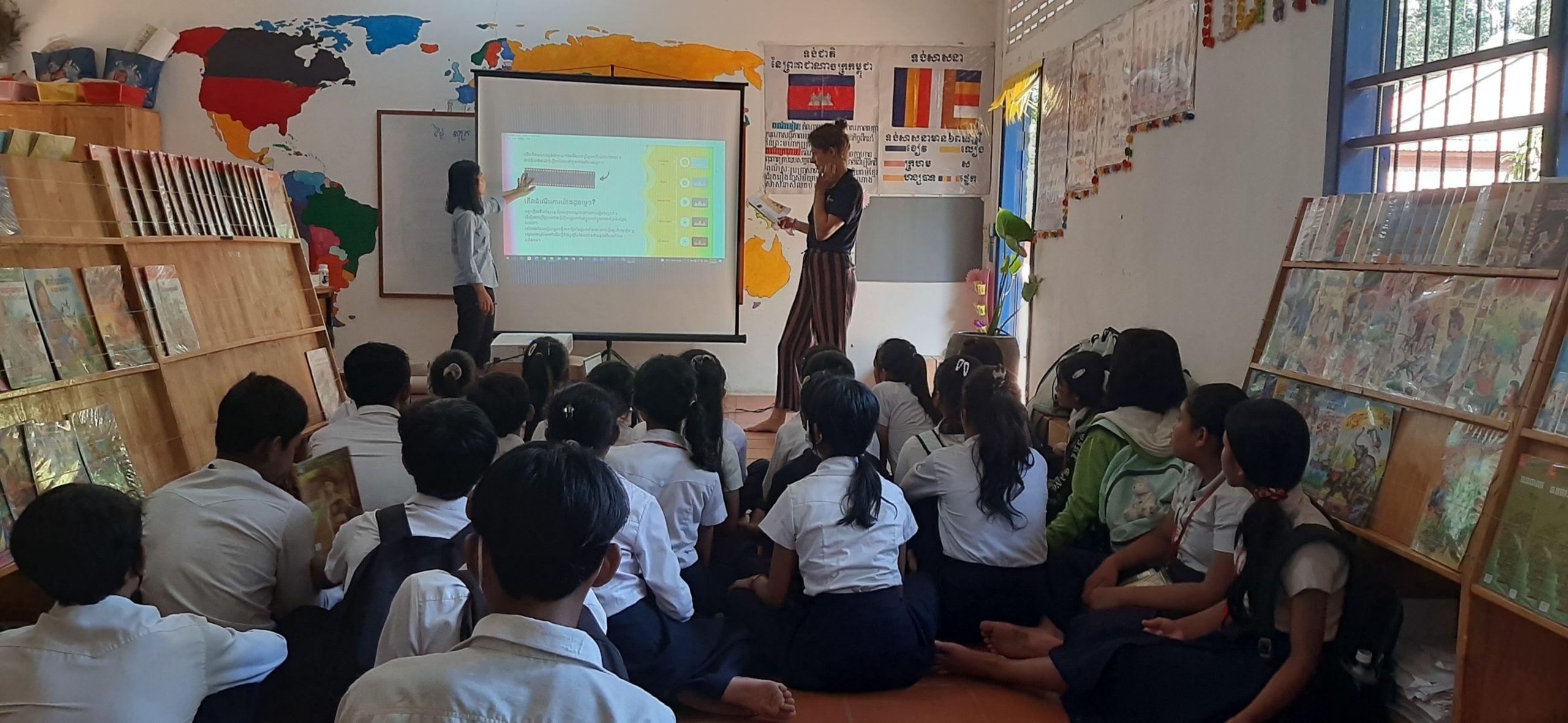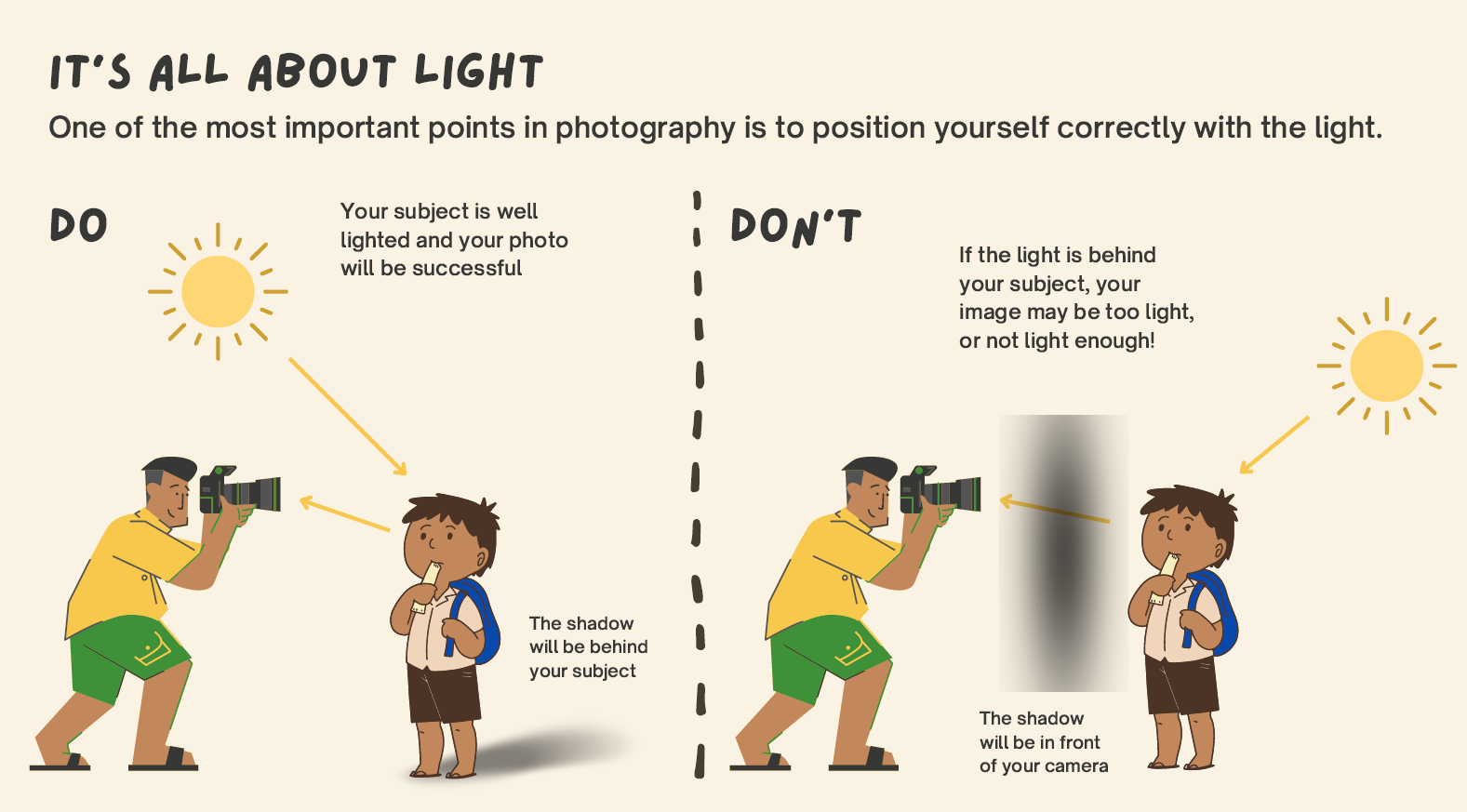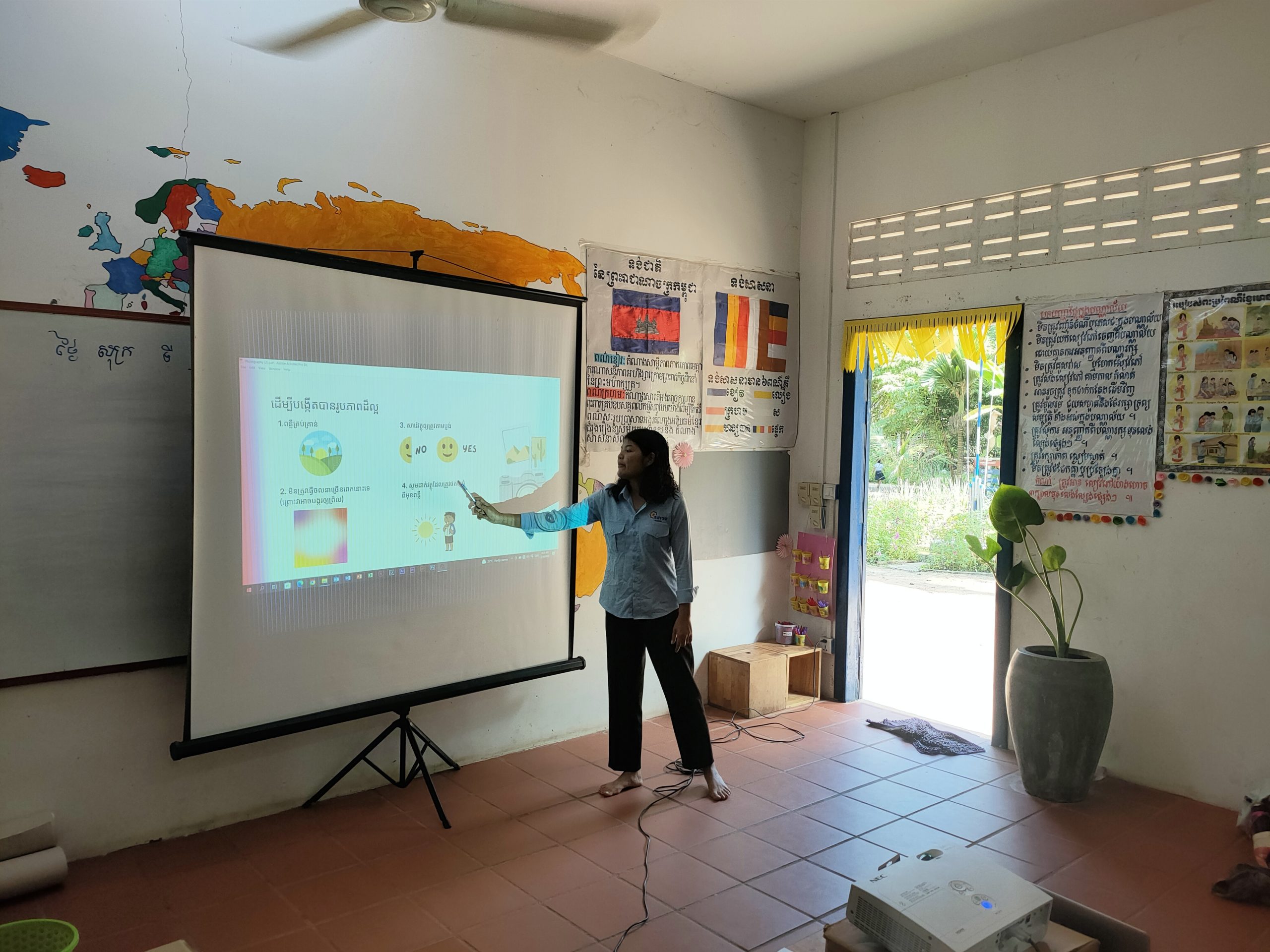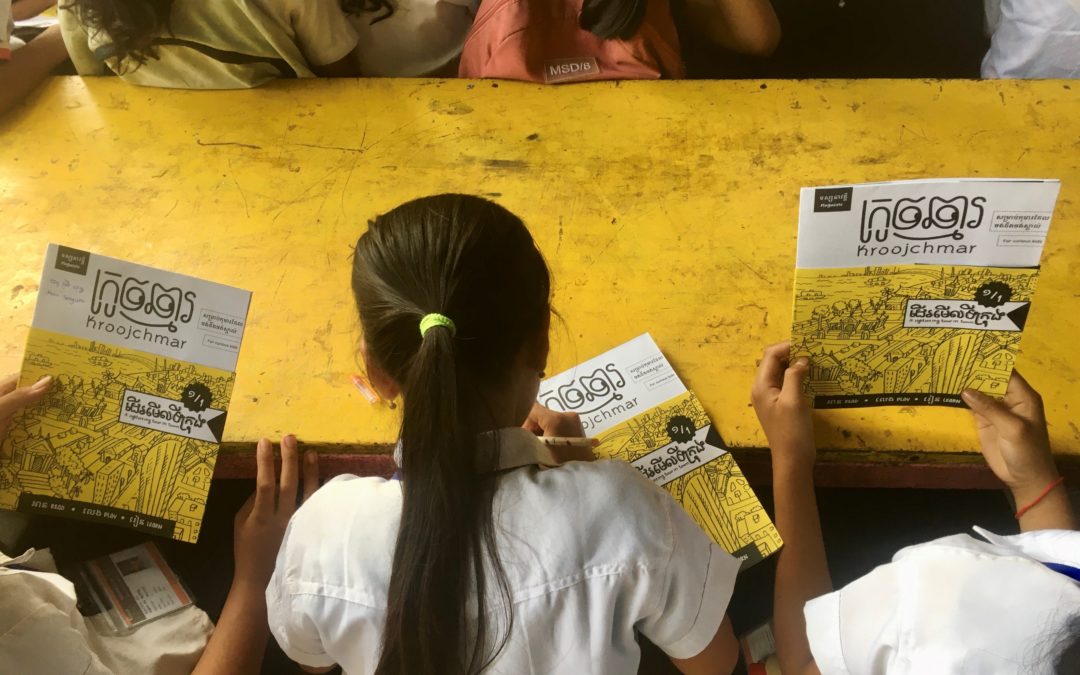
Culture and creativity with ក្រូចឆ្មារ – Kroojchmar Magazine
ក្រូចឆ្មារ – Kroojchmar is the first Cambodian magazine focuses on developing children’s creativity. The magazine format is quite unique, written in Khmer and English addressed to children from 9 to 12 years old (Grade 4, 5 and 6). It’s an invitation to discover through stories, activities or case studies, the daily like of Cambodia. Written and illustrated by Cambodian artists, this magazine also aims to support and promote their work.
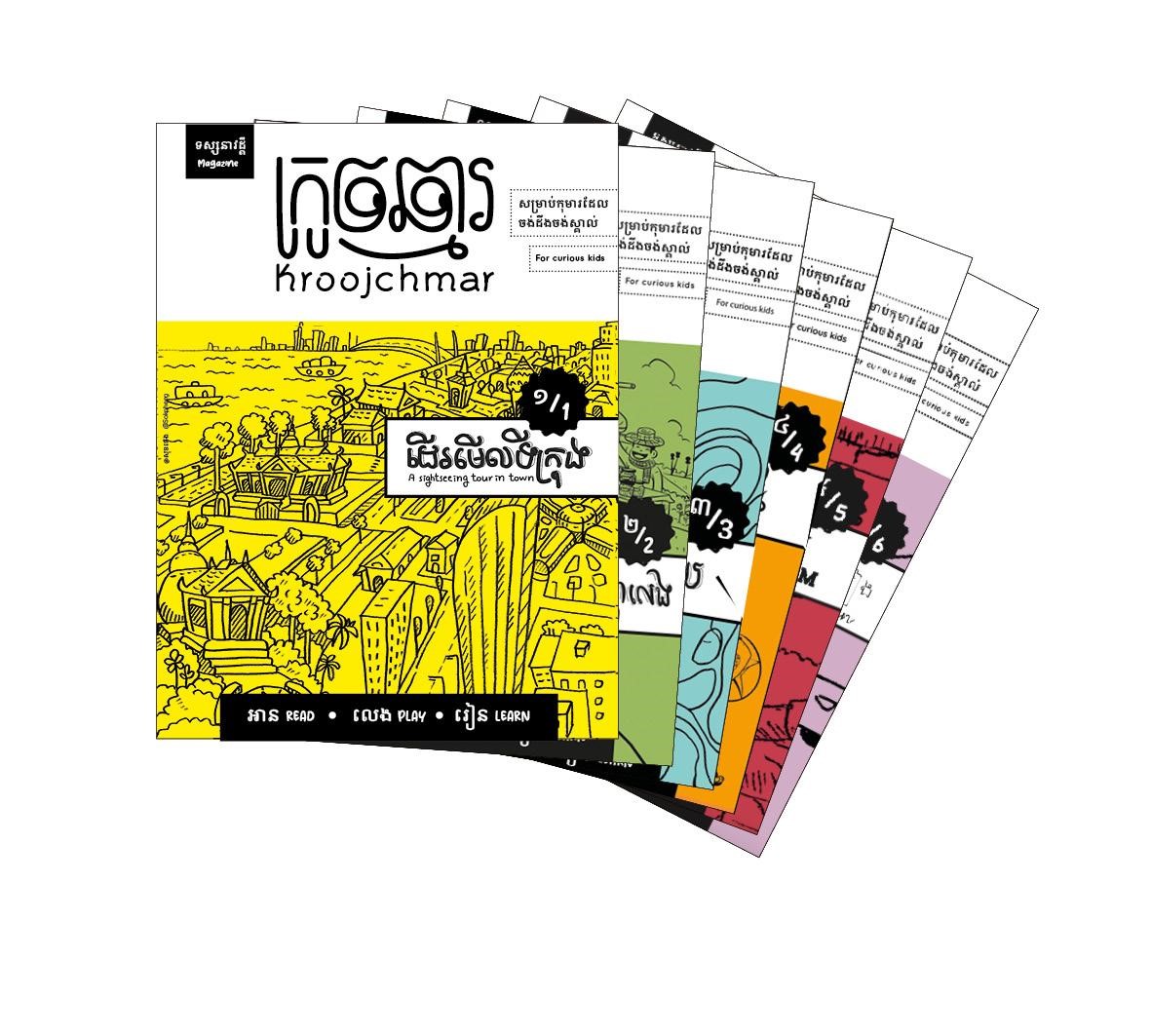
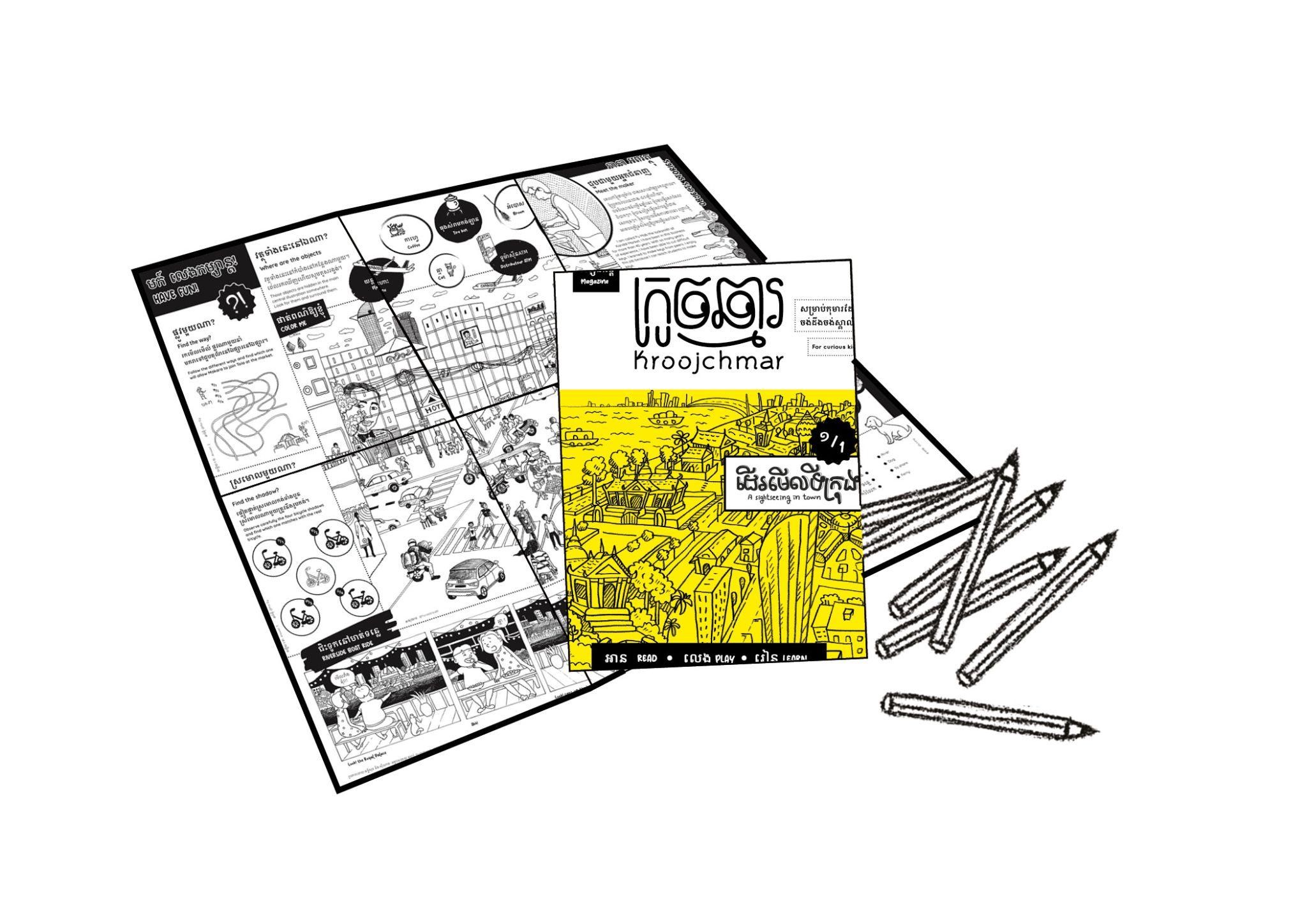
Thanks to a donation from Section Internationale, an international English school for children from Grade 1 to Grade 12, Bayon School subscribed for one-year magazine for our Primary School’s to Grade students from Grade 4 to 6. They will have in total 6 issues, all on different topics.
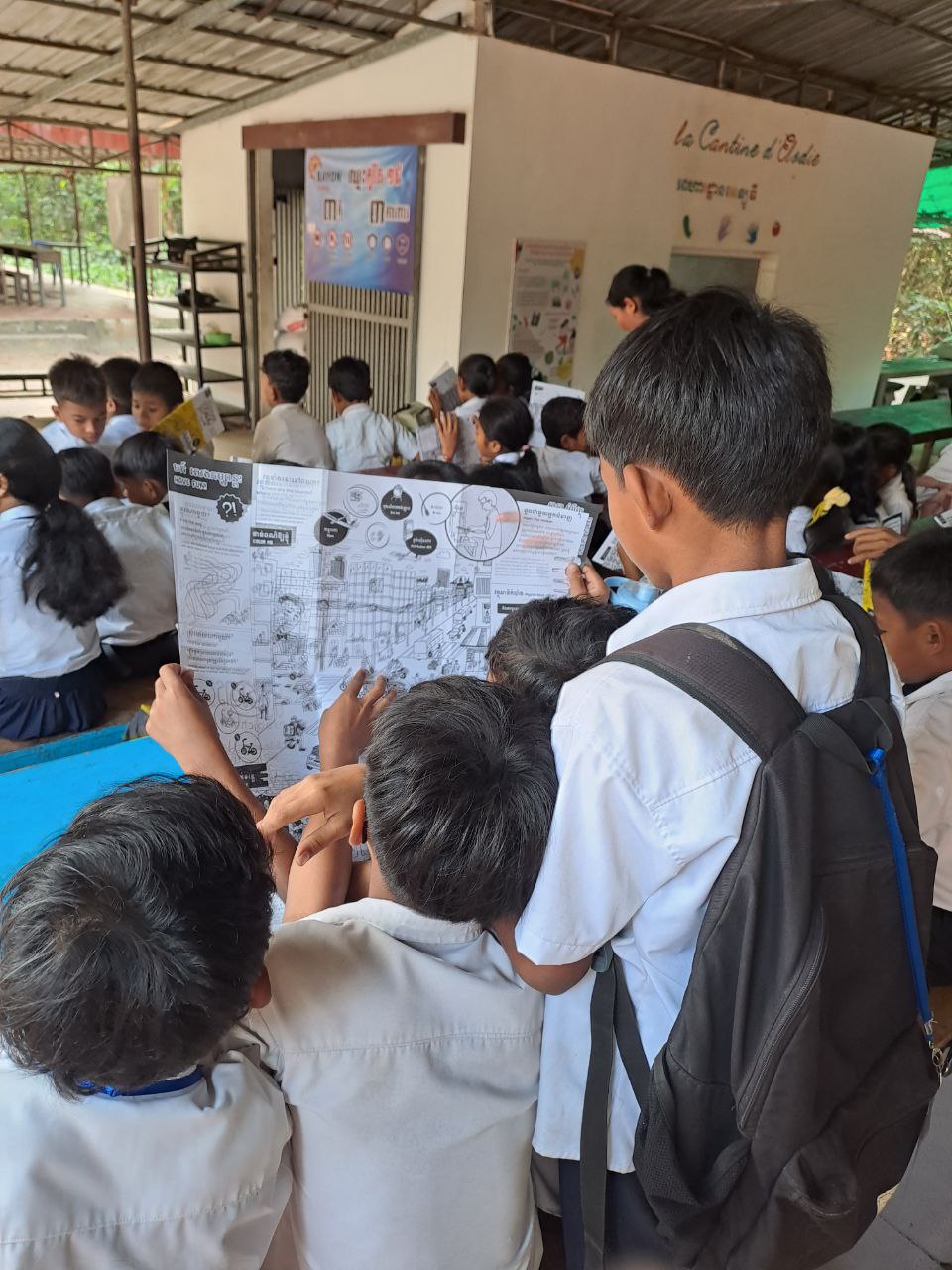
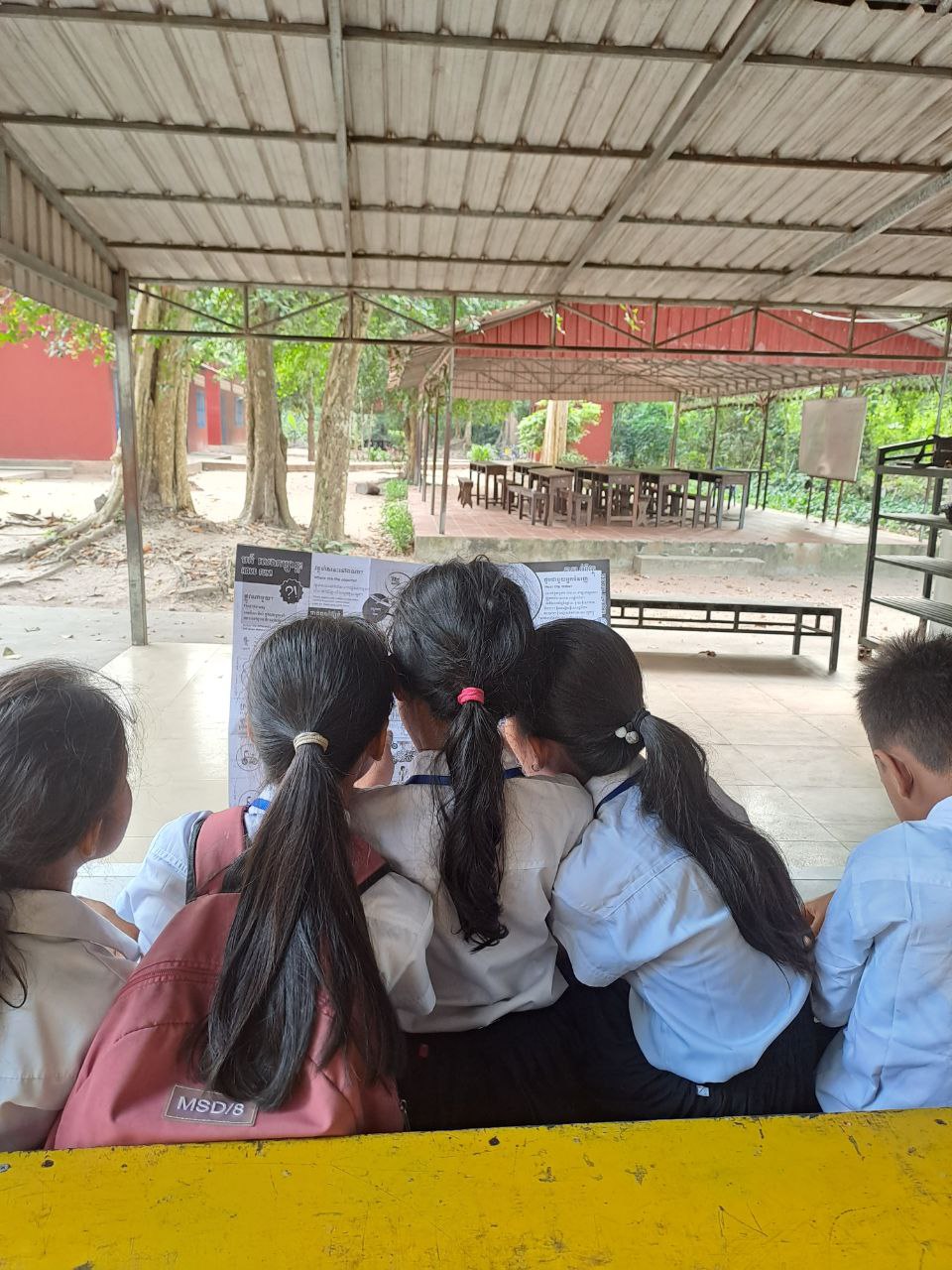
At Bayon School, we are convinced that art and culture are an integral part of the child’s awakening and development. In 2018, we started the Art, Culture and Sport program, aimed to strengthen the creativity, self-confidence and personal thinking skills of Bayon School students. Through this program, the school wishes to awaken the students’ curiosity and enrich their personal culture, to value and recognize Khmer culture and to encourage the values of respect for oneself and others.
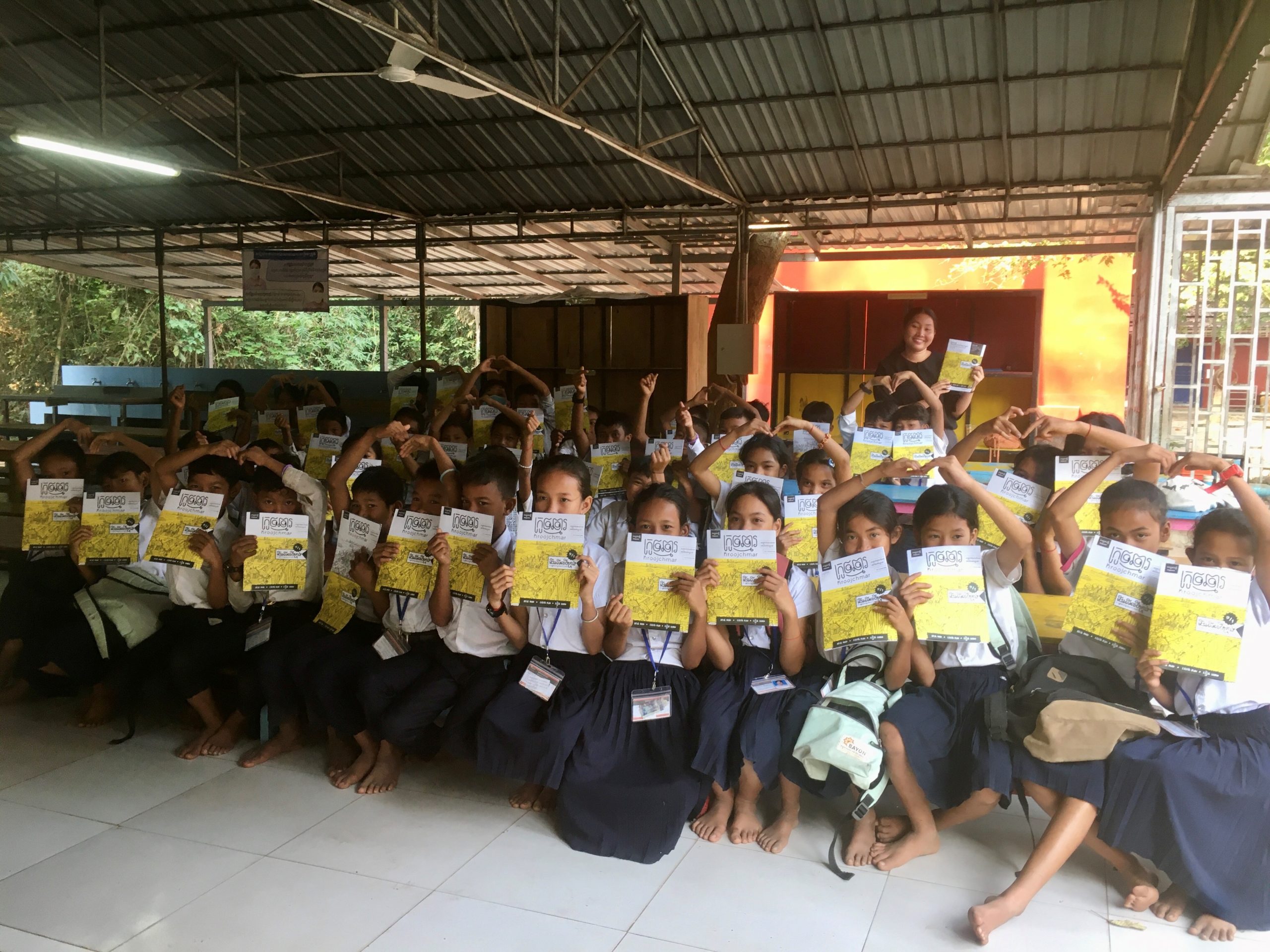
We are very pleased to be able to subscribe to this magazine. Indeed, their objectives are in symbiosis with the aspirations we have for our students. This magazine is a tool to stimulate children’s curiosity and develop their ability to transform, imagine and create. The pedagogical approach responds to our desire to increase their autonomy and interactivity. We are as well proud to support local initiatives.
A warmly thank to Section Internationale and ក្រូចឆ្មារ – Kroojchmar

